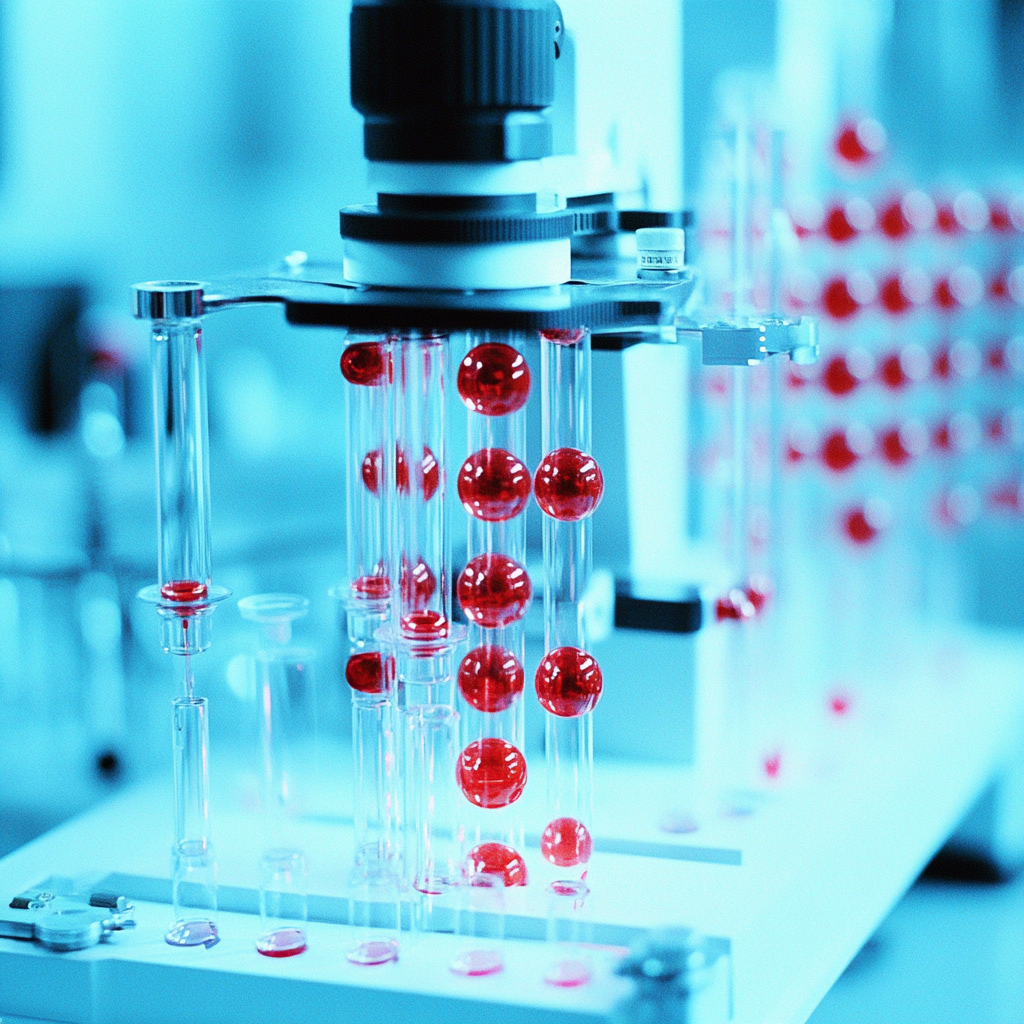Med Sci Monit. 2025 Jun 23;31:e948209. doi: 10.12659/MSM.948209.
ABSTRACT
BACKGROUND Monitoring nociception is extraordinarily challenging during general anesthesia. This study aimed to observe pupillary dilation reflex by ultrasound and determine whether ultrasonic pupillary parameters are correlated with sufentanil dose during the induction period of general anesthesia. MATERIAL AND METHODS We enrolled 93 patients undergoing general anesthesia. They were randomly divided into 3 groups — group P (saline), group S1 (0.2 μg/kg sufentanil), and group S2 (0.4 μg/kg sufentanil) — according to the sufentanil dose of induction. Patients were administered a tetanic stimulation 5 min after intravenous injection with sufentanil. Ultrasonic pupil diameters were recorded and measured at 4 time points: T0 (entering the room awake), T1 (after loss of consciousness), T2 (5 min after intravenous injection with sufentanil), and T3 (the moment at which pupil diameter was maximum after stimulation). Systolic blood pressure, diastolic blood pressure, heart rate, and BIS at T0~T3 were recorded. The process of pupillary dilation reflex was recorded in ultrasound views and videos to generate relevant clinical data, including pupillary dilation reflex amplitude, pupillary dilation reflex rate, whether pupillary dilation reflex was inhibited, pupillary dilation reflex latency, and pupillary dilation reflex duration. RESULTS Ultrasonic pupillary dilation reflex amplitude and pupillary dilation reflex rate were negatively correlated with sufentanil dose [Spearman r=-0.84 (95% CI, -0.88 to -0.77), p<0.01, Spearman r=-0.74, (95% CI, -0.82 to -0.64), p<0.01]. Only PD responded to stimulation within 30 s, whereas systolic blood pressure, diastolic blood pressure, and BIS did not respond to stimulation. CONCLUSIONS Ultrasound can be a useful method for observing pupillary dilation reflex, and sufentanil inhibits pupillary dilation reflex in a dose-dependent manner. Ultrasonic pupillary dilation reflex is sensitive to noxious stimulation.
PMID:40549665 | DOI:10.12659/MSM.948209
